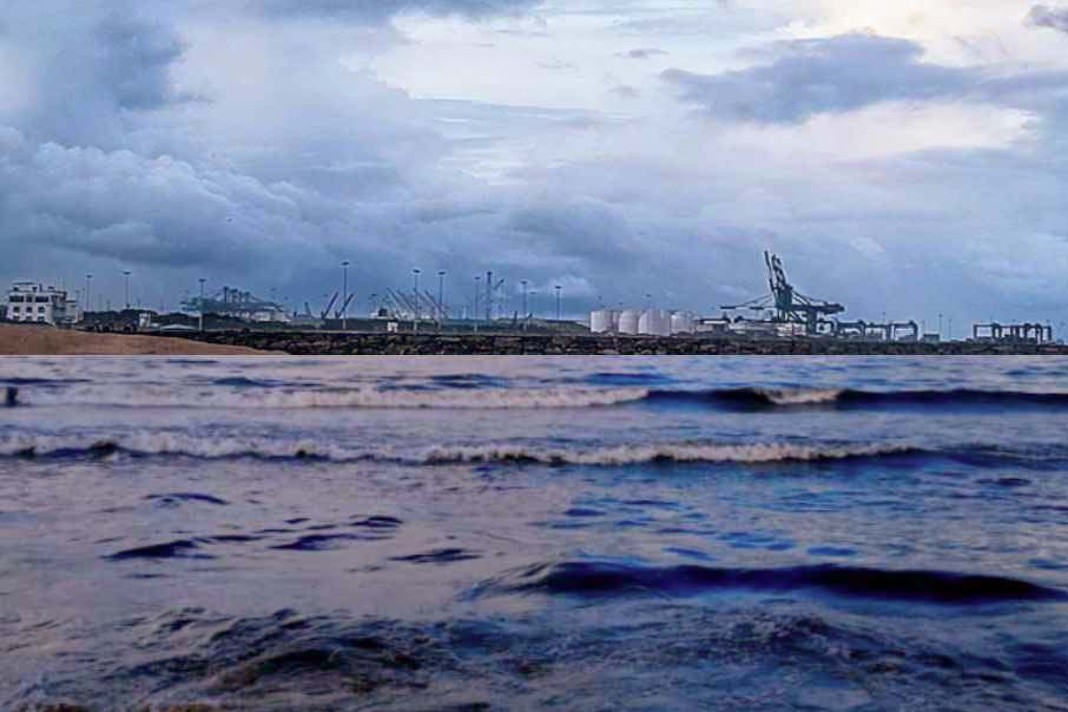In a significant shift in its foreign policy, the United States has removed Syria’s oil ministry, its two refineries (Homs and Banias), and its maritime authority from its sanctions list. This move, which became effective with the issuance of Syria General License 25 (GL 25) by the US Department of the Treasury’s Office of Foreign Assets Control (OFAC) on May 23, 2025, and further solidified by an Executive Order signed by President Donald Trump on June 30, 2025, marks a pivotal moment for the war-torn nation.
Sanctions Relief and Remaining Hurdles
The latest sanctions relief is a major departure from previous, narrower efforts, offering greater certainty for investors. Rachel Ziemba, senior adviser at political risk consultancy Horizon Engage, noted that this provides crucial clarity on the state of sanctions.
However, certain sanctions remain in place, specifically targeting the former Bashar al-Assad regime, individuals linked to it, and some entities connected to Iran. While the removal of many sanctions and plans to lift export controls signal a clear change in motion, the path ahead for Syria’s reconstruction remains long and complex.
Ziemba cautions that the “operating environment in Syria is still uncertain, and some banks and other investors could be cautious still.” Moreover, extensive damaged infrastructure presents a significant roadblock to further progress. The cost of reconstruction is estimated to be between $250 billion and $400 billion.
An additional critical challenge is the continued terrorist designations on Syria’s current leader, Ahmad al-Sharaa, and his party, Hayat Tahrir al-Sham. These designations have deterred sanctions-abiding countries and companies from engagement, fearing secondary sanctions. The Trump administration has pledged to review these designations, as well as the far-reaching Caesar Act sanctions, which had severely restricted economic activity.
Trade Implications of Sanctions Lift
The recent sanctions relief has specific and impactful trade implications, particularly for Syria’s vital energy sector:
- Energy Sector: Sanctions have been lifted on key entities, including the Homs and Banias refineries, the General Petroleum Company, the Syrian Company for Oil Transport, and the agency responsible for oil refining and distribution.
- Sytrol (Syria Trading Oil Company): This company, which had issued tenders for LPG and gasoil in recent months but faced caution from sanctions-abiding countries, has also had its designation removed. This could significantly ease trade in oil and petroleum products.
- Maritime Transport: The Syrian General Authority for Maritime Transport has been removed from the blacklist, along with Turkey’s Milenyum Energy and 10 ships (including six LPG carriers) that were allegedly involved in Syrian trades.
- Financial Sector: Crucially, the Syrian Central Bank and other Syrian banks are now sanction-free. This is expected to significantly ease financial transactions with foreign entities, which was a major impediment to trade and investment under previous sanctions regimes.
- Associated Entities: Sanctions were also lifted on a range of companies in Lebanon and Syria linked to the Syrian Company for Oil Transport, as well as multiple trading houses.
Optimism for Reconstruction
The fall of the Assad regime in December 2024 has ignited optimism that rebuilding efforts, potentially with the assistance of Western nations and companies, could soon materialize. The broad sanctions relief is intended to support the new Syrian government in establishing a stable and united Syria. However, challenges such as political fragmentation, economic hardship (with the economy having shrunk from $60 billion before 2011 to an estimated $17.5 billion in 2023), and security risks persist. The current Syrian government, established in late March 2025, faces the daunting task of restoring basic services, rebuilding infrastructure, and fostering economic recovery amidst widespread poverty and displacement.
Did you subscribe to our daily Newsletter?
It’s Free Click here to Subscribe!
Source: S&P Global
















